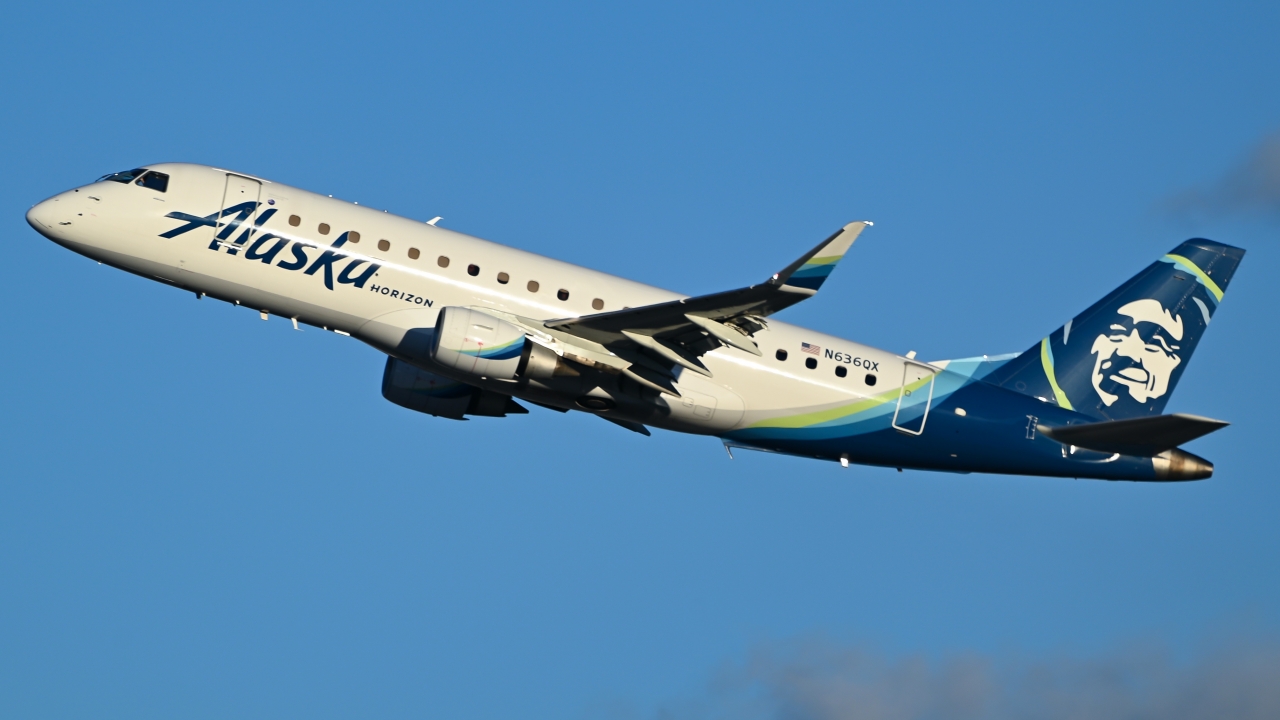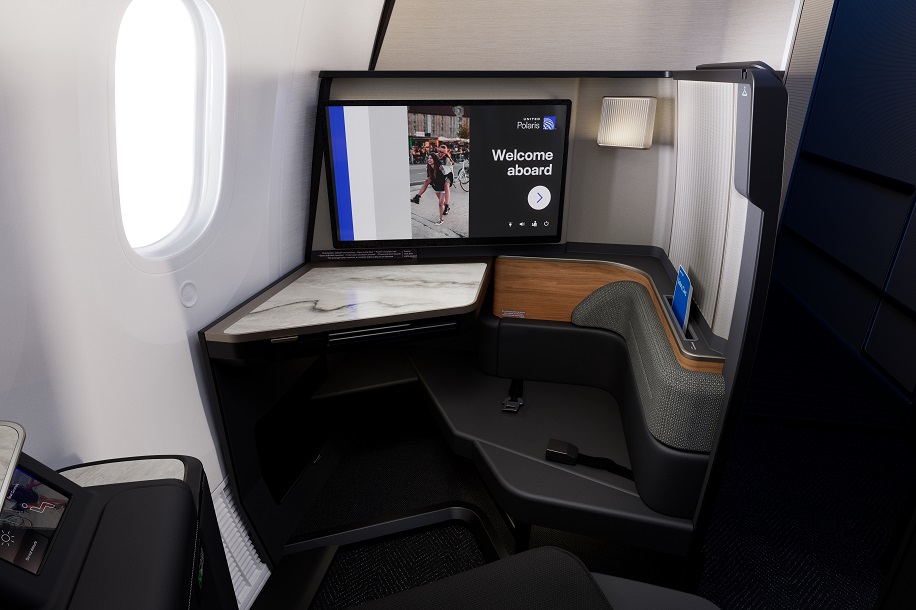The fastest flight to sell out in Qantas's 100 year history was a flight from Sydney to ... Sydney?
Regular business travelers have seen their lives changed by the COVID-19 pandemic. While some consider constant travel a negative, many travelers have felt a desire fly again. Of course, in many cases even domestic travel is not possible due to health restrictions. What is the solution? Flights to nowhere.

A term coined by Qantas to describe its latest sightseeing flights, the flight to nowhere is scheduled to be a seven-hour scenic journey over Australia on October 10. Passengers will be treated to views of Sydney Harbor, the Great Barrier Reef, and Uluru from the comforts of a Dreamliner. The opportunity is clearly popular: the flight sold out in ten minutes with ticket prices ranging up to $3000*. Qantas also offered passengers a complimentary lunch, flight certificates, and a gift bag. In addition, Qantas has been commissioned by the tour company Antarctica Flights to run similar "flightseeing" routes over Antarctica.
Similar stories have played out in Taiwan, Brunei, and Japan. Since September and late August, EVA flew Hello Kitty-themed flights around Taipei, ANA offered a "Hawaiian resort"-style 90 minute run over Tokyo Bay, and Royal Brunei Airlines even served cake to a passenger whose birthday fell on the day of the flight. Obviously, strict mask and social distancing protocol is enforced by all four airlines, though scientific consensus remains that the risk of contracting COVID-19 or any communicable disease is significantly higher aboard an aircraft.
Given the sole leisurely nature of these flights, airlines have also strived to present a different gate experience for passengers. Air travel is normally characterized by lines, stress, and hurrying, so airlines have added refreshments in the terminal or theming (like ANA's Hawaiian resort flight) to encourage a more relaxed atmosphere.

Of course, the sightseeing flights are not without its critics. Flying normally accounts for about 918 million tons of carbon dioxide in the atmosphere, a number that has decreased since the start of the pandemic. Reduced flying for the rest of 2020 would result in a 7% decrease in global emissions, according to The New York Times. It's also difficult to justify flights with zero practical purpose other than entertainment. Despite this, Qantas and Royal Brunei Airlines defended the flights; Qantas said it used carbon offsets (reducing emissions in other industries/areas) while Brunei said it used the Airbus A320neo, which has the fewest emissions out of many different planes.
Amid the pandemic and flying deprivation, would you take a "flight to nowhere?" Share your thoughts in the comments below.
*Australian dollars.
Sources
FAA Finalises AD to Resolve A350 Flight-Control Hazard » World’s Most On-Time Airlines and Airports of 2025 » Why Airline Class Wars Will Intensify in 2026 »
Comments (0)
Add Your Comment
SHARE
TAGS
NEWS Qantas Sydney Flight Event Special Event Special Aviation TheExplorerBlogRECENTLY PUBLISHED
 This Week in Aviation: The 10 Stories That Mattered Most
From major airline developments to aircraft updates and industry shifts, this weekly recap highlights the ten most-read aviation stories from the week of December 28.
INFORMATIONAL
READ MORE »
This Week in Aviation: The 10 Stories That Mattered Most
From major airline developments to aircraft updates and industry shifts, this weekly recap highlights the ten most-read aviation stories from the week of December 28.
INFORMATIONAL
READ MORE »
 Nearly 500 Flights Cancelled Following Venezuela Attack, Caribbean Airspace Closure
Hundreds of flights have been cancelled this morning after an overnight U.S. military attack in Venezuela left airspace in much of the Caribbean closed.
NEWS
READ MORE »
Nearly 500 Flights Cancelled Following Venezuela Attack, Caribbean Airspace Closure
Hundreds of flights have been cancelled this morning after an overnight U.S. military attack in Venezuela left airspace in much of the Caribbean closed.
NEWS
READ MORE »
 Why Airline Class Wars Will Intensify in 2026
The "Class War" of 2026 is no longer just about legroom; it is a calculated, multi-billion-dollar strategic pivot by Original Equipment Manufacturers (OEMs) and carriers to capture a "splurge-ready" traveller base that is increasingly opting for "one big trip" over frequent, low-cost hops.
INFORMATIONAL
READ MORE »
Why Airline Class Wars Will Intensify in 2026
The "Class War" of 2026 is no longer just about legroom; it is a calculated, multi-billion-dollar strategic pivot by Original Equipment Manufacturers (OEMs) and carriers to capture a "splurge-ready" traveller base that is increasingly opting for "one big trip" over frequent, low-cost hops.
INFORMATIONAL
READ MORE »



